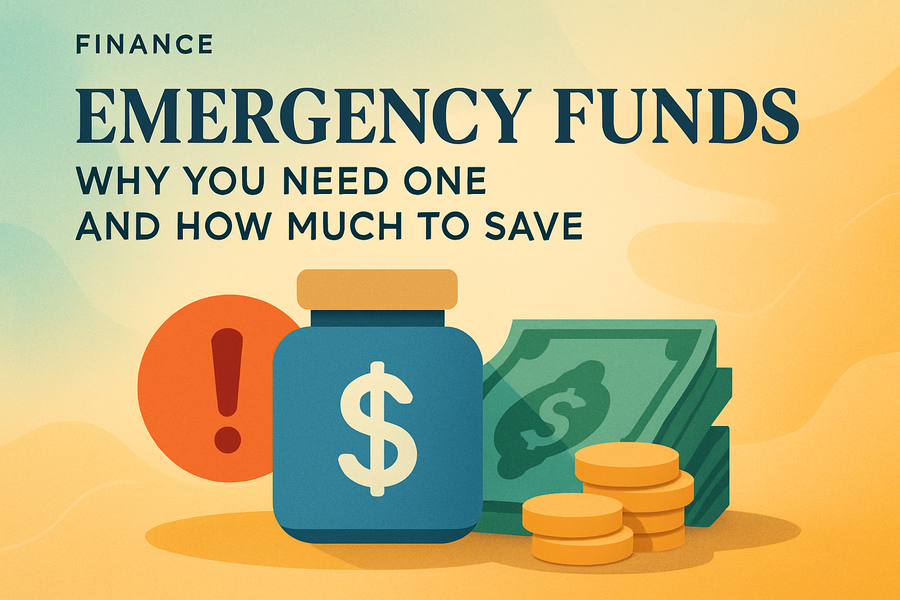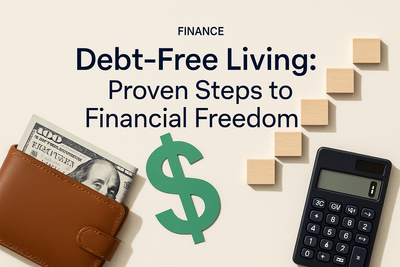
Introduction
Life is unpredictable. From sudden job losses to unexpected medical bills or car repairs, emergencies can strike at any time—and often when we least expect them. That’s why having an emergency fund isn’t just a smart financial move—it’s essential. An emergency fund acts as a financial cushion that helps you stay afloat during turbulent times without falling into debt.
In this article, we’ll explore why an emergency fund is crucial, how much you should aim to save, and how to build one effectively.
Why You Need an Emergency Fund
1. Protection Against Income Loss
Losing your job or experiencing a reduction in income can be incredibly stressful. An emergency fund provides a buffer that allows you to cover your essential expenses—like rent, utilities, and groceries—while you look for new opportunities.
2. Avoiding Debt
Without an emergency fund, people often turn to credit cards or loans during a crisis, which can lead to mounting interest charges and long-term financial strain. A well-stocked emergency fund can help you avoid this debt trap.
3. Peace of Mind
Knowing you have money set aside for unexpected events brings peace of mind. Instead of panicking when something goes wrong, you’ll be better equipped to handle the situation rationally and calmly.
How Much Should You Save?
1. The General Rule of Thumb
Financial experts typically recommend saving three to six months’ worth of living expenses. This includes essentials like housing, utilities, food, and insurance. If your monthly expenses are $3,000, your emergency fund should ideally contain $9,000 to $18,000.
2. Factors to Consider
However, your ideal emergency fund amount may vary based on:
- Job stability: Freelancers or those with irregular income may need a larger cushion.
- Dependents: Families with children or dependents should consider saving more.
- Health conditions: If you have recurring medical expenses, factor that into your savings goal.
3. Start Small, Build Gradually
Don’t worry if saving several months of expenses feels overwhelming. Start with a mini-goal—say, $500 or $1,000—and build from there. The key is consistency.
How to Build Your Emergency Fund
1. Open a Separate Savings Account
Keep your emergency fund separate from your everyday spending account. This reduces the temptation to dip into it for non-emergencies.
2. Automate Your Savings
Set up automatic transfers from your checking account to your emergency fund. Even $25 or $50 a week adds up over time.
3. Cut Unnecessary Expenses
Review your budget to identify areas where you can cut back. Redirect that money toward your emergency fund instead.
4. Use Windfalls Wisely
Tax refunds, bonuses, and other unexpected income can give your emergency fund a big boost. Resist the urge to spend it all and prioritize your savings instead.
Conclusion
An emergency fund is a cornerstone of financial stability. It not only shields you against life’s surprises but also empowers you to make better, less stressful decisions during difficult times. Start small, aim big, and remember: every dollar saved today is a step toward peace of mind tomorrow.
Make building your emergency fund a priority—and thank yourself later.







